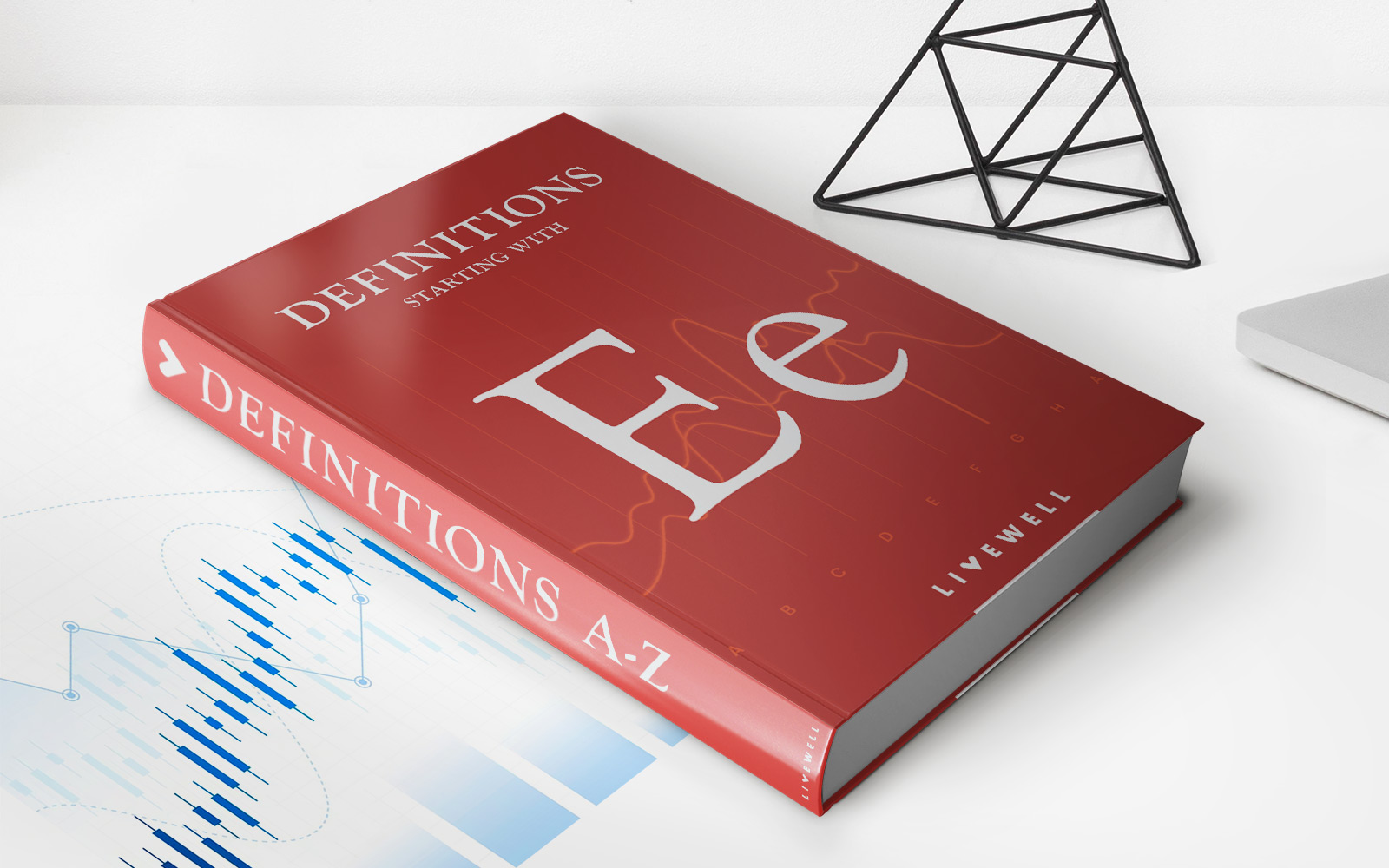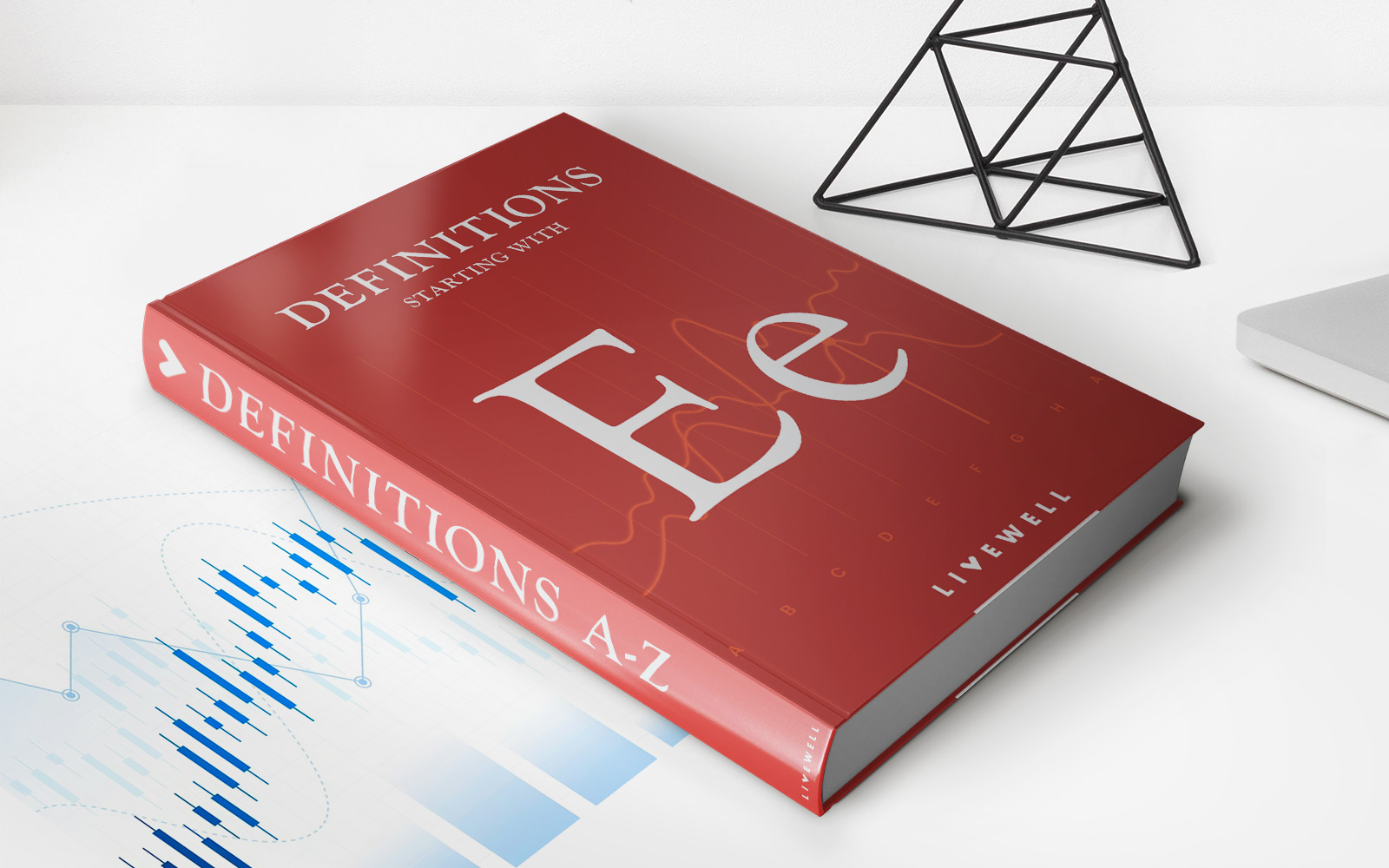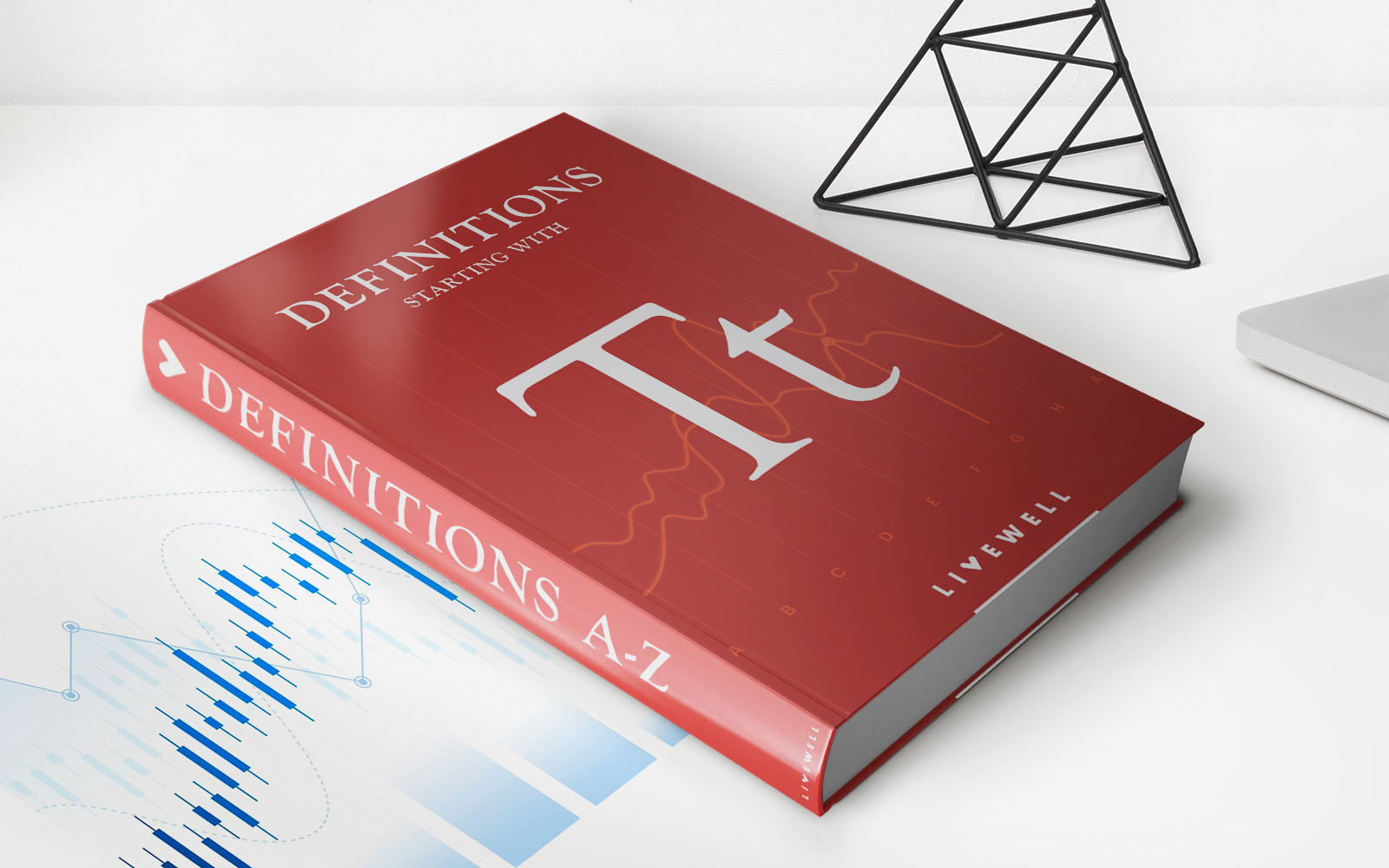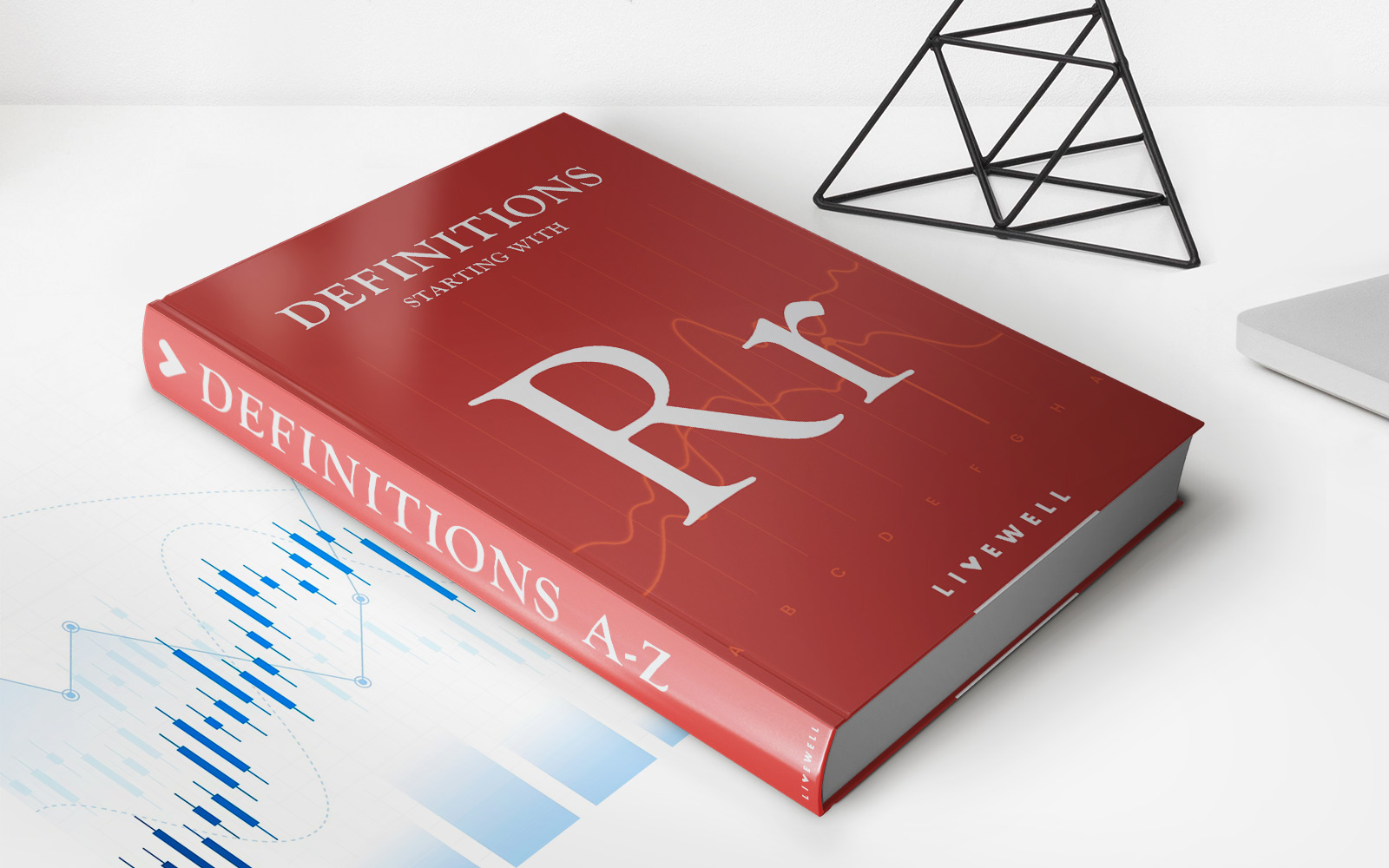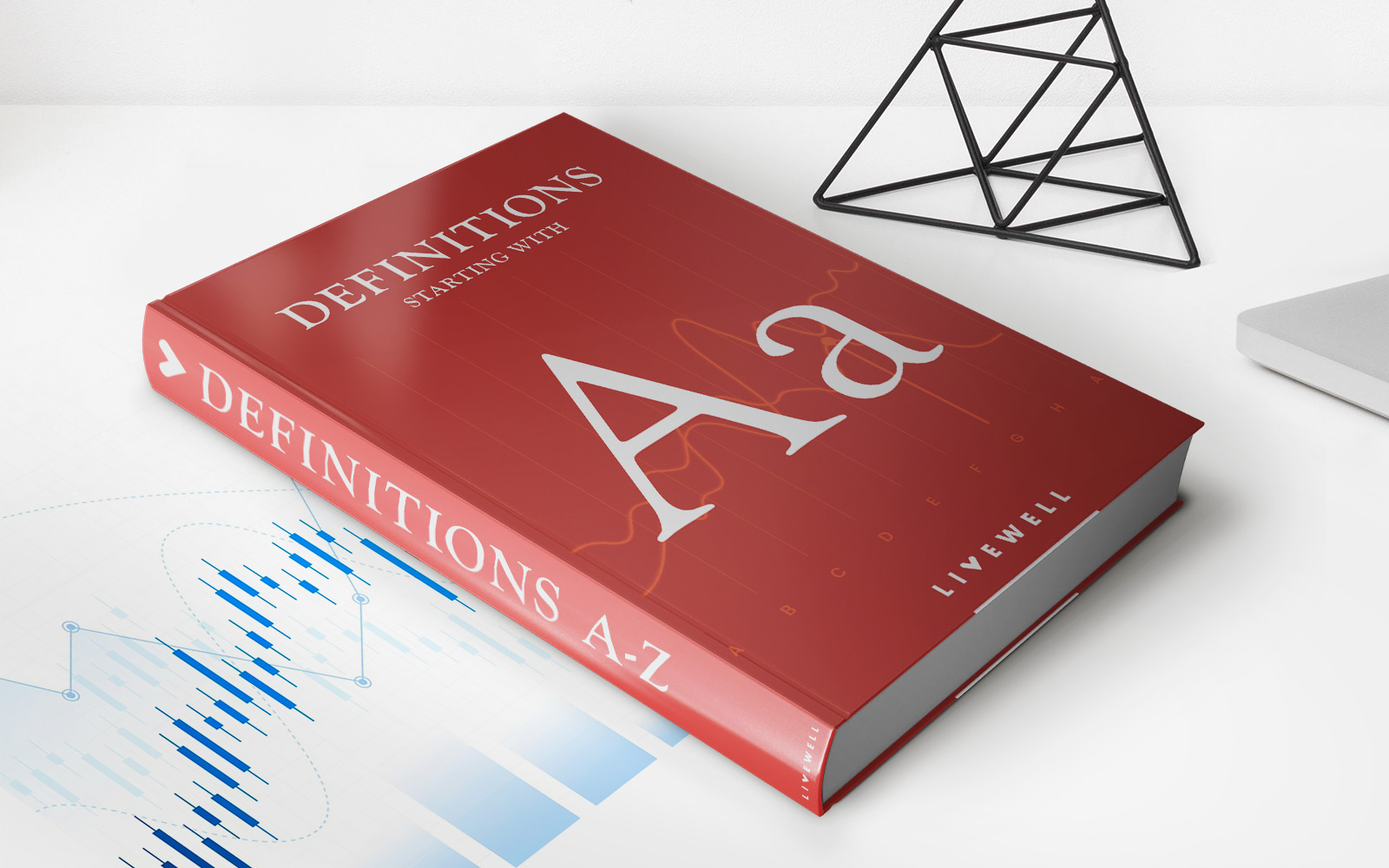

Finance
Interest Equalization Tax (IET) Definition
Published: December 11, 2023
Discover the definition and implications of Interest Equalization Tax (IET) in finance. Explore its role in leveling the playing field for international financial transactions.
(Many of the links in this article redirect to a specific reviewed product. Your purchase of these products through affiliate links helps to generate commission for LiveWell, at no extra cost. Learn more)
Understanding the Interest Equalization Tax (IET)
When it comes to navigating the complex world of finance, it’s important to stay on top of the latest industry trends and regulations. One such regulation that may impact certain transactions is the Interest Equalization Tax (IET). In this blog post, we’ll provide an in-depth definition of the IET and discuss its implications for individuals and businesses.
Key Takeaways:
- The Interest Equalization Tax (IET) is a tax imposed on certain foreign currency loans to promote stability in the financial system.
- The tax is designed to equalize the cost of borrowing in foreign currencies with the cost of borrowing in the local currency.
The Interest Equalization Tax (IET) is a tax implemented by governments to mitigate the risks associated with foreign currency borrowing. Its primary objective is to promote stability in the financial system, ensuring that there is a level playing field between borrowing in foreign currencies and borrowing in the local currency.
So, how does the IET work? The tax is typically levied on certain foreign currency loans, including loans extended to individuals, businesses, and other entities. The exact rate of the tax can vary depending on the country and its specific regulations. It is often calculated as a percentage of the interest payable on the foreign currency loan.
Now, you might be wondering, why would governments impose such a tax? The answer lies in the potential risks associated with foreign currency borrowing. When individuals or businesses take out loans in a foreign currency, they expose themselves to exchange rate fluctuations. If the local currency depreciates against the foreign currency, the burden of repaying the loan can increase significantly.
To mitigate these risks and promote financial stability, governments employ the IET. By equalizing the cost of borrowing in foreign currencies with the cost of borrowing in the local currency, they aim to prevent excessive borrowing in foreign currencies, which can potentially destabilize the financial system.
It’s important to note that the implementation of the IET can vary from country to country. Some countries may exempt certain types of loans or borrowers from the tax, while others may impose it across the board. If you are considering taking out a foreign currency loan or engaging in transactions involving multiple currencies, it’s crucial to consult with a financial advisor or tax professional familiar with the regulations in your jurisdiction.
In conclusion, the Interest Equalization Tax (IET) is a tax imposed on foreign currency loans to promote financial stability. It aims to equalize the cost of borrowing in foreign currencies with the cost of borrowing in the local currency, mitigating the risks associated with currency fluctuations. By understanding the implications of the IET, individuals and businesses can make informed financial decisions and navigate the complexities of the global financial system.

